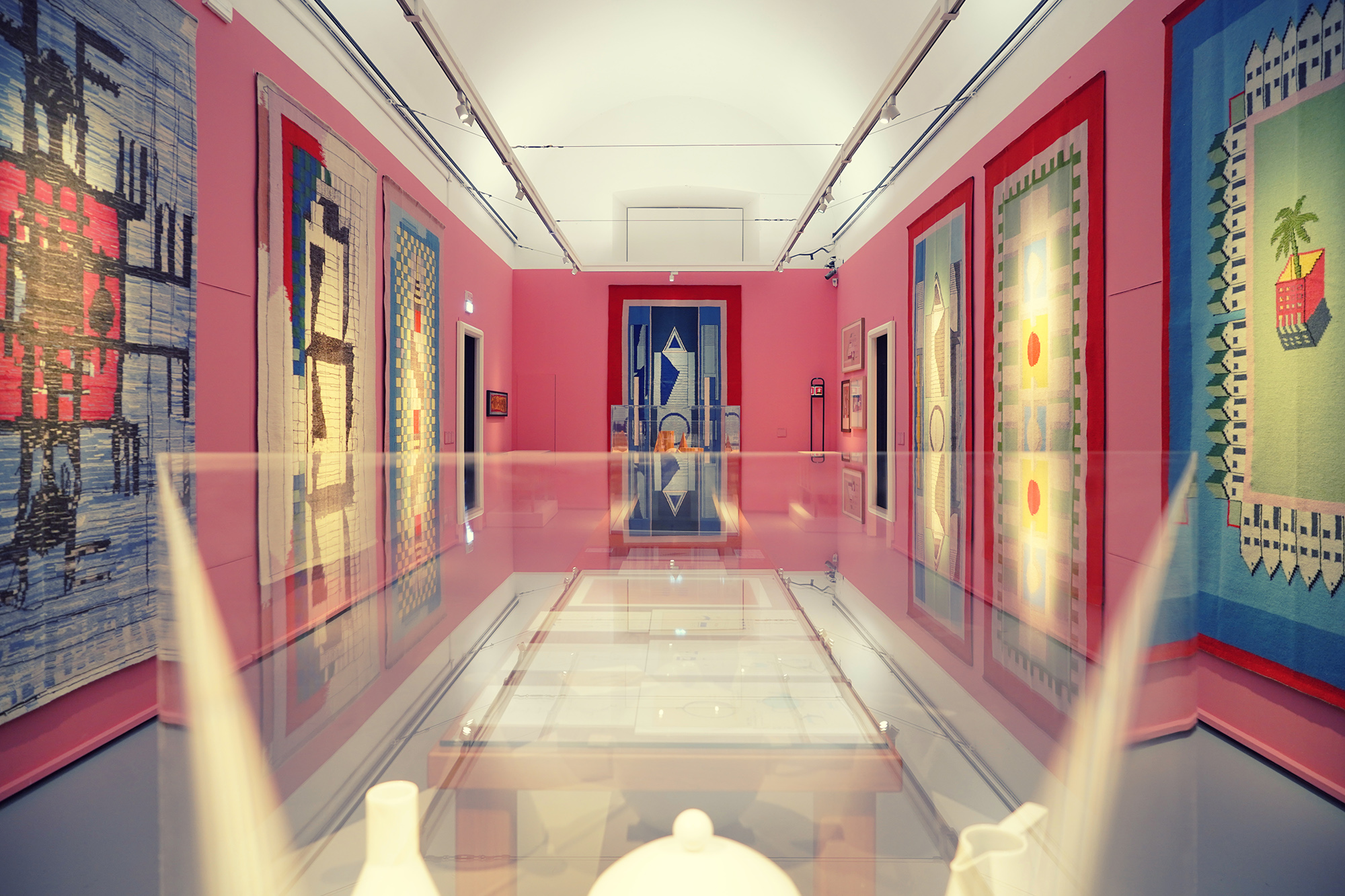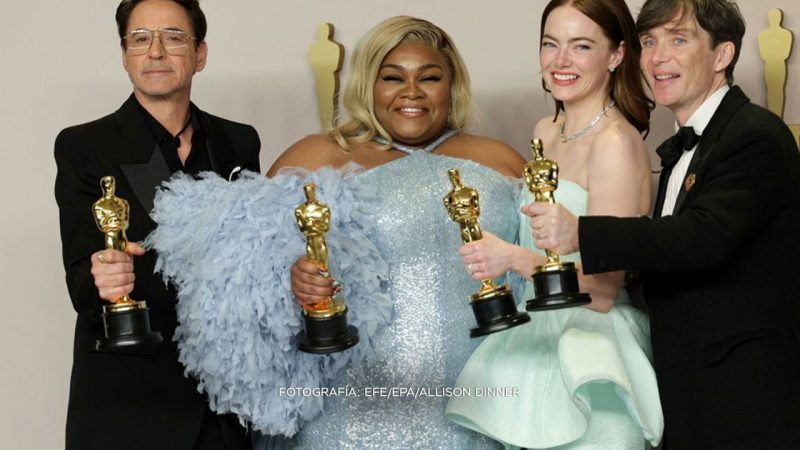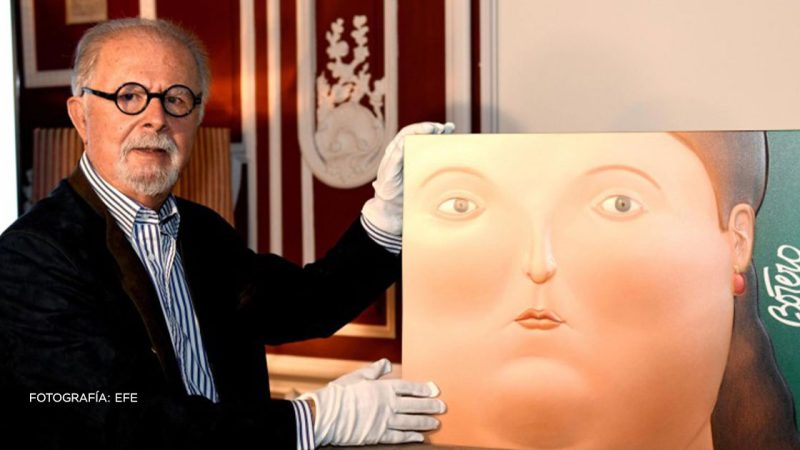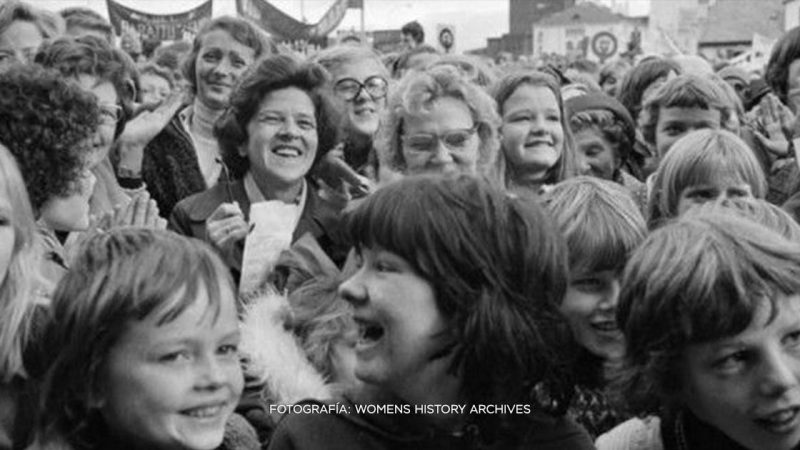ALDO ROSSI. DESIGN 1960-1997 Curated by Chiara Spangaro

Museo del Novecento, Milan 29th April – 2nd October 2022
The Museo del Novecento presents Aldo Rossi. Design 1960-1997 curated by Chiara Spangaro in partnership with Fondazione Aldo Rossi and Silvana Editoriale from 29th April to 2nd October. This exhibition is part of Museo del Novecento’s ongoing project of interdisciplinary dialogue between the arts that is such as distinctive feature of modern-day life. The exhibition takes a close look at an architect, designer, theorist and critic, who is one of the leading figures of 20th century visual culture. For the first time ever, more than 350 pieces of furniture and ordinary objects, prototypes and models, paintings, drawings and studies designed and manufactured by Aldo Rossi from 1960 to 1997 are on display in a spectacular exhibition, a visual testimony to his work as a architectural designer and theorist.
Right throughout his entire career from the very first pieces of furniture made in 1960 with the architect Leonardo Ferrari, Rossi investigated the relationship between architecture and the cityscape, monumental constructs and objects. In 1979 he started to embrace the realm of industrial production and high craftsmanship, creating furniture and consumer products first with Alessi and then with Artemide, DesignTex, Bruno Longoni Atelier d’arredamento, Molteni&C|UniFor, Richard-Ginori, Rosenthal and Up&Up (now UpGroup).

Over almost twenty years’ work, he created more than 70 pieces of furniture and objects, many of which are still in production today, experimenting with forms and colours in the realms of metal and wood, marble and stone, ceramics and porcelain, craft and industrial textiles and even plastic materials.
The exhibition, whose layout was designed by Morris Adjmi – MA Architects, an assistant and later an associate of Rossi’s in New York, narrates Aldo Rossi’s universe in nine rooms: each room represents a realm in which a certain relationship between graphic designs and craft/industrial products emerges with references to Rossi’s architecture and private space.
The first room introduces us to interaction between painted images and objective reality, the second focuses on prototypes and variants on an
imaginary home and leads through to a reconstruction of a poetic setting in the third room, where works such as the Paris series (UniFor, 1994) and the Coffee Piazza service (Alessi, 1983) constitute a visual and metaphysical centrepiece, accompanied on the walls by previously unseen drawings of the interiors of Rossi’s house in Via Rugabella.
The fourth room showcases the sheer variety of objects he made, all displayed in a cube-shaped setting reminiscent of San Cataldo Cemetery in Modena and introducing us to the Apollonian geometric figures used by the architect for both his design and architectural work, which is the theme of the fifth room: from prototypes designed for Richard-Ginori and Rosenthal and architectural plans for the Monument to the Partisans in Segrate and Fagnano Olona school to carpets made with ARP Studio in Sardinia (1986) and the wooden inlays designed for Bruno Longoni Atelier d’arredamento (1997). The sixth room displays chairs, armchairs, large pieces of furniture made in a variety of different materials and colours, such as Papyro desk (Molteni&C, 1989) and Tabularium table (Up&Up, 1985). The reconstruction of a home interior in room seven brings together Rossi’s furniture and objects with other items he collected and kept in his homes, including American coffee makers, a print by Giovanni Battista Piranesi, and a 19th-century sideboard that helped inspire his design work. This provides a sort of idealist entry into his own personal space. The relationship with architecture characterising the entire exhibition is clearly evident in the eighth room that is dedicated to furniture designed by Rossi for some of his buildings: the chair designed for Carlo Felice Theatre in Genoa (Molteni&C|UniFor, 1990) and the Museo chair created for Bonnefanten Museum in Maastricht (UniFor, 1994). The magical and mysterious presence of Teatro del Mondo, which closes the exhibition, evokes temporary wooden constructions – from a lighthouse to a cabin and a floating theatre – and circles back to where the first works are located.
Aldo Rossi. Design 1960-1997 takes visitors on an unexpected, imaginative and spectacular journey in which form alternates with use, classicism with irony and metaphysics. A bookcase is shaped like a steamship (working with Luca Meda for Molteni&C, 1991), the cone and dome have been transformed into coffee machines (Alessi, 1984 and 1988) or stage props for Teatro Domestico (XVII Triennale in Milan, 1986); the Faro, previously a theatre in Toronto and a museum on the island of Vassivière, now takes the shape of a glass and ceramic teapot designed for Rosenthal (1994) and the Monumento di Segrate looks out from a wooden inlay designed for Bruno Longoni or a carpet woven in Sardinia.

The extraordinary ensemble of works on show is brought together for the first time thanks to dialogue and cooperation with: museums and company archives (Museo Alessi; Molteni Museum; Bruno Longoni Atelier d’arredamento and Up Group archives); Italian and international museum collections (Bonnefanten Museum, Maastricht; Georges Pompidou Centre, Paris; Fondazione Museo Archivio Richard-Ginori della Manifattura di Doccia, Florence; MAXXI – Museum of XXI century arts, Rome; Università Iuav university in Venice; Triennale in Milan) and various private collections.
During the opening period, the exhibition will be supported by a programme of side events.
A catalogue raisonné entitled Aldo Rossi. Design 1960-1997, published by Silvana Editoriale, edited by Chiara Spangaro and with a critical essay by Domitilla Dardi, will be brought out in conjunction with the exhibition. This is the first publication to bring together all of Rossi’s designs: prototypes, finished objects, previously unseen works and out-of-print works by the Milanese architect-designer who won the Pritzker Prize in 1990.
Aldo Rossi. Design 1960-1997 is a project organised by Museo del Novecento, Fondazione Aldo Rossi and Silvana Editoriale, supported by the Main Sponsors Molteni&C|UniFor, Alessi and Bruno Longoni Atelier d’Arredamento, the sponsor G.T.DESIGN, and the technical sponsorship of Pollice Illuminazione and Up Group.
FUENTE: museodelnovecento.org







